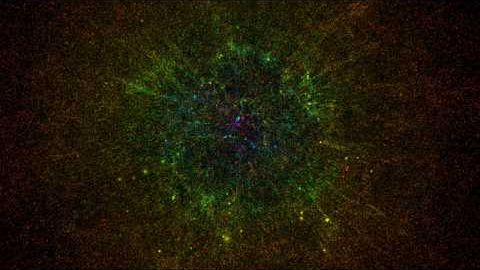
Subtitles & vocabulary
How Large is the Universe (VERSION 1)?
00
Wonderful posted on 2014/03/06Save
Video vocabulary
light
US /laɪt/
・
UK /laɪt/
- Transitive Verb
- To cause something to burn; put a burning match to
- To provide a way to see ahead
- Adjective
- Being bright making it easy to see; not dark
- Being pale and lacking darkness of color
A1
More time
US /taɪm/
・
UK /taɪm/
- Uncountable Noun
- Speed at which music is played; tempo
- Point as shown on a clock, e.g. 3 p.m
- Transitive Verb
- To check speed at which music is performed
- To choose a specific moment to do something
A1TOEIC
More early
US /ˈɜ:rli/
・
UK /ˈɜ:li/
- Adverb
- Coming/happening before others in a time sequence
- Happening sooner than expected
- Adjective
- Happening or appearing before
A1
More Use Energy
Unlock All Vocabulary
Unlock pronunciation, explanations, and filters
